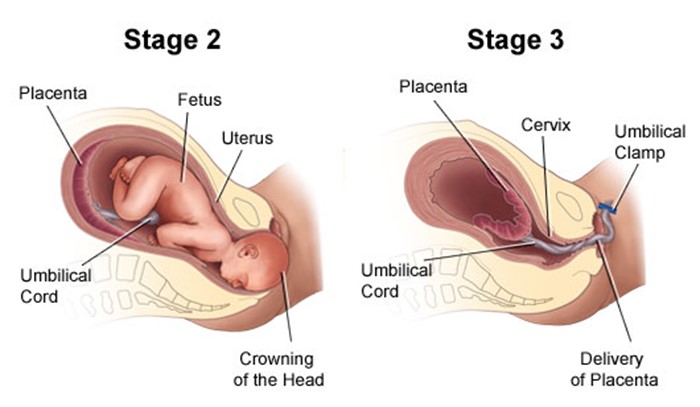The healthcare provider prescribes and IV solution of regular insulin (Humulin-R) 100 units in 250 ml of 0.45% saline to infuse at 12 units/hour. The nurse should program the infusion pump to deliver how many ml/hour?
The Correct Answer is ["30"]
First, we need to find the concentration of insulin in the IV solution, which is the ratio of insulin units to saline volume. To do this, we use the given information that the IV solution contains 100 units in 250 ml. So, we divide 100 by 250 and get 0.4 units/ml.
Next, we need to calculate the infusion rate in ml/hour for the ordered dose of 12 units/hour. To do this, we use the ratio of insulin units to saline volume, which is 0.4 units/ml. So, we set up a proportion as follows:
0.4/1=12/x
To solve for x, we cross-multiply and get 0.4 x = 12. Then, we divide both sides by 0.4 and get x = 30. So, the infusion rate is 30 ml/hour.
Therefore, the nurse should program the infusion pump to deliver 30 ml/hour..
Nursing Test Bank
Naxlex Comprehensive Predictor Exams
Related Questions
Correct Answer is B
Explanation
Choice A: Ask for a consultation with a psychologist. This is not the best intervention, as it does not address the physical aspect of pain management. A psychologist may help the client cope with emotional distress and cognitive-behavioral strategies to reduce pain perception, but it may not be enough to relieve severe pain.
Choice B: Arrange an appointment with a pain specialist. This is the best intervention, as it addresses the physical aspect of pain management. A pain specialist may prescribe appropriate medications, perform interventional procedures, or recommend alternative therapies to relieve severe pain.
Choice C: Contact a hospice nurse for an evaluation. This is not the best intervention, as it does not address the eligibility criteria for hospice care. Hospice care is intended for clients who have a terminal illness with a life expectancy of six months or less, and who have decided to forego curative treatments. Fibromyalgia is not a terminal illness, and hospice care may not be appropriate for this client.
Choice D: Form an interdisciplinary team for evaluation. This is not the best intervention, as it does not address the urgency of pain management. An interdisciplinary team may consist of various healthcare professionals who can provide holistic care for the client, but it may take time to coordinate and implement their services.
Correct Answer is C
Explanation
Choice A reason: Providing pain medication to increase the client's tolerance of labor pains is not a specific intervention for the second stage of labor. Pain medication is a drug that relieves pain by blocking pain signals or reducing inflammation. Pain medication can be given during any stage of labor, depending on the client's preference and condition. However, pain medication may have side effects such as sedation, nausea, or respiratory depression, and may affect the fetal heart rate or the progress of labor.
Choice B reason: Assessing the fetal heart rate and pattern for signs of fetal distress is not a particular intervention for the second stage of labor. Fetal heart rate and pattern are indicators of fetal well-being and oxygenation. Fetal heart rate and pattern should be monitored throughout labor, especially during contractions, to detect any abnormalities or complications such as bradycardia, tachycardia, or decelerations.
Choice D reason: Monitoring effects of oxytocin administration to help achieve cervical dilation is not a relevant intervention for the second stage of labor. Oxytocin is a hormone that stimulates uterine contractions and cervical dilation. Oxytocin can be administered during labor to augment or induce labor, especially if there is prolonged or dysfunctional labor. However, oxytocin is not needed in the second stage of labor, when the cervix is already fully dilated and the focus is on pushing and delivering the baby.

Whether you are a student looking to ace your exams or a practicing nurse seeking to enhance your expertise , our nursing education contents will empower you with the confidence and competence to make a difference in the lives of patients and become a respected leader in the healthcare field.
Visit Naxlex, invest in your future and unlock endless possibilities with our unparalleled nursing education contents today
Report Wrong Answer on the Current Question
Do you disagree with the answer? If yes, what is your expected answer? Explain.
Kindly be descriptive with the issue you are facing.
